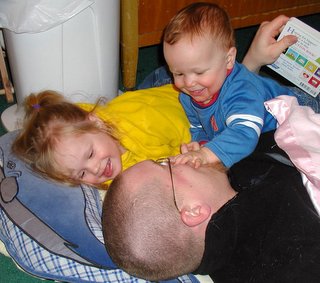Blog Action Day, Julie-style (meaning just a little bit late)
I have been at this Lake Champlain-thing for about five months now, and continue to struggle to wrap my mind around how we can possibly "solve" the lake's phosphorus problems. We are all part of the problem. Farmers and city-dwellers, home-owners and road-users. Many, if not most, of our day-to-day activities in someway contribute to the lake's phosphorus woes...
For example, the Cabot yogurt I ate as part of my lunch today (in an effort to eat more local food) was made with Vermont milk, that came from Vermont cows, that probably pooped somewhere in Vermont - dumping phosphorus, that may ultimately end up in the Lake. Further, these same cows (all 140,000 currently in residence in the state) and their dietary needs require that Vermont farmers import significant amounts of cow-food from beyond our borders (state or watershed) and with that food comes phosphorus. Approximately 60% of the phosphorus fed to cows is imported as concentrates (dairy cows have traditionally been fed concentrates as they are milked to supplement nutritional requirements not supplied by hay, corn, and other forages), and only 25% of that phosphorus leaves the watershed in milk products. So every day more phosphorus accumulates within the Lake Champlain watershed, seemingly adding to the work that will have to be done in order to help the lake find balance. By eating Cabot yogurt, I am part of the problem.
Shimon Peres once said “If a problem has no solution, it may not be a problem, but a fact - not to be solved, but to be coped with over time.” Maybe it is this sort of fundamental shift - stopping the search for a silver bullet (200 foot buffers on every waterway, treatment processes that separate-out and sequester phosphorus, etc.), and rather focusing on strategies to minimize impacts associated with historic and on-going importation of phosphorus to our watershed... strategies that recognize the importance of environmentally and economically sustainable agriculture to Vermont, strategies that recognize the lake is a dynamic ecosystem that we may never fully understand, strategies that recognize that our very presence in the watershed will always have some level of impact.
In the end, I would like to think that we can do better than "cope" - that we can "successfully manage" even if we can't "solve". Lake Champlain is an invaluable resource, it is part of what makes Vermont, Vermont (or the west coast of New England, if you ask the Chamber of Commerce) - and certainly deserves the best we have to offer.


0 comments:
Post a Comment